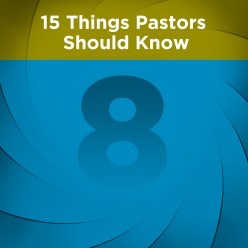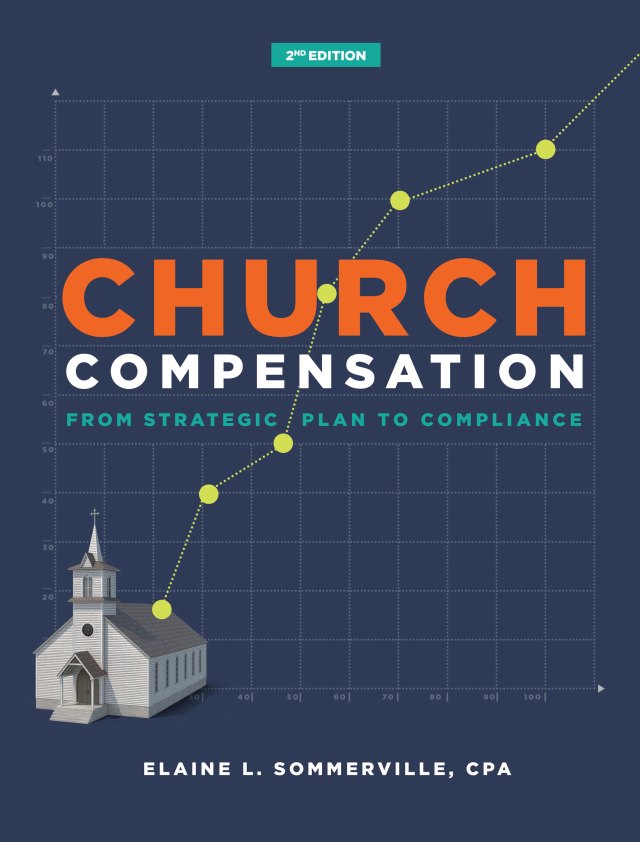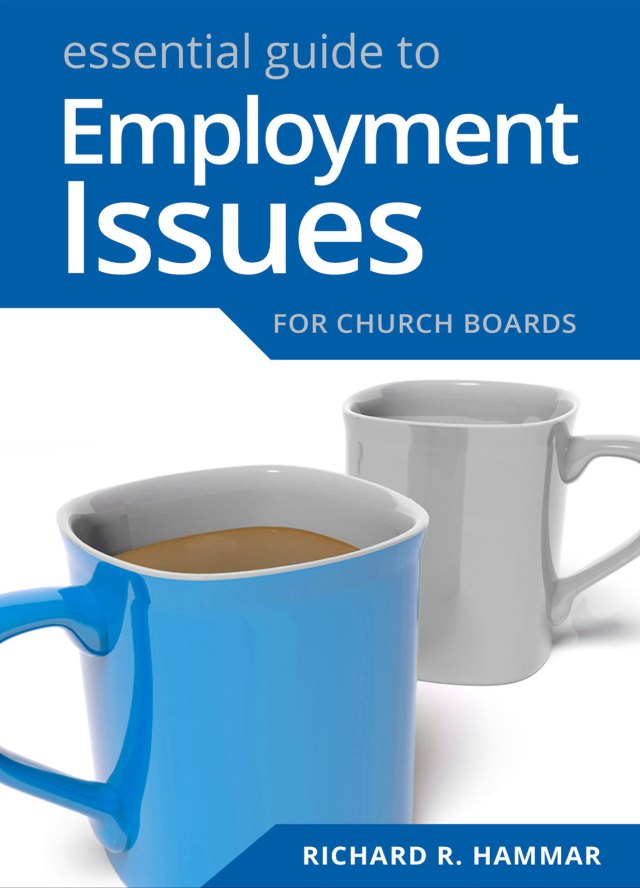In employment disputes involving a pastor or minister of a church, the term “ministerial exception” comes up time and again. It is therefore imperative that all clergy have a good working knowledge of what this exception is and its legal underpinnings.
The importance of the Hosanna-Tabor ruling
The exception, which finds its origin in several federal and state judicial decisions in the mid-20th century, generally bars the civil courts from resolving employment disputes between churches and clergy. The ministerial exception was affirmed by a unanimous United States Supreme Court in a 2012 ruling. Hosanna–Tabor Evangelical Lutheran Church and School v. E.E.O.C., 132 S.Ct. 694 (2012).
The Court concluded that the First Amendment prevents the civil courts from “interfering with the freedom of religious groups to select” their clergy.
Significantly, the Supreme Court for the first time explicitly acknowledged that the ministerial exception is required by the First Amendment:
We agree that there is such a ministerial exception. The members of a religious group put their faith in the hands of their ministers. Requiring a church to accept or retain an unwanted minister, or punishing a church for failing to do so, intrudes upon more than a mere employment decision. Such action interferes with the internal governance of the church, depriving the church of control over the selection of those who will personify its beliefs. By imposing an unwanted minister, the state infringes the Free Exercise Clause, which protects a religious group’s right to shape its own faith and mission through its appointments. According the state the power to determine which individuals will minister to the faithful also violates the Establishment Clause, which prohibits government involvement in such ecclesiastical decisions.
The Court declined “to adopt a rigid formula for deciding when an employee qualifies as a minister.” But it concluded that the plaintiff in this case, a called teacher and commissioned minister in a Lutheran school, was a minister to whom the ministerial exception applied. As a result, her claims of disability discrimination and retaliation against a church-operated school had to be dismissed.
In support of its decision that the plaintiff was a minister, the Court applied the following four-part test:
- The church held out the plaintiff as a minister, with a role distinct from that of most of its members.
- The plaintiff’s title as a minister reflected a significant degree of religious training followed by a formal process of commissioning.
- The plaintiff held herself out as a minister of the church.
- The plaintiff’s job duties reflected a role in conveying the church’s message and carrying out its mission.
What is the relevance of this ruling to churches and church leaders? Consider the following four points.
1. The ministerial exception is now settled law
While the ministerial exception has been recognized by many state and federal courts over the past half century, it was rejected by a handful of courts. The Supreme Court’s decision unequivocally establishes the ministerial exception as a matter of law. This conclusion is reinforced by the fact that the Court’s decision was unanimous.
However, note that the Court gave this clarification:
The case before us is an employment discrimination suit brought on behalf of a minister, challenging her church’s decision to fire her. Today we hold only that the ministerial exception bars such a suit. We express no view on whether the exception bars other types of suits, including actions by employees alleging breach of contract or tortious conduct by their religious employers. There will be time enough to address the applicability of the exception to other circumstances if and when they arise.
Nevertheless, there are numerous forms of “employment discrimination” claims under state and federal laws that are directly affected by the Court’s ruling, including those banning employment discrimination on the basis of race, color, national origin, gender, disability, military status, marital status, sexual orientation, and use of lawful products.
A number of courts in recent years have applied the ministerial exception to compensation disputes between churches and ministers, including claims for back pay, fringe benefits, and overtime compensation. The Court’s decision in the Hosanna-Tabor case does not directly address these claims. Its decisive recognition of the ministerial exception in employment discrimination cases undoubtedly makes it more likely that the exception will apply to compensation-based disputes, as many state and lower federal courts have ruled.
2. Who is a “minister”?
After recognizing the existence of a ministerial exception, the Court turned its attention to the meaning of the term “minister.” It is important to define this term, since the ministerial exception only insulates employment disputes between churches and ministers from civil court interference.
The Court noted that the term “minister” is not limited “to the head of a religious congregation,” but the Court declined “to adopt a rigid formula for deciding when an employee qualifies as a minister.” Rather, it chose to address only the plaintiff in this case, a called teacher and commissioned minister in a Lutheran school, and concluded that she was a minister to whom the ministerial exception applied. As a result, her claims of disability discrimination and retaliation against a church-operated school had to be dismissed.
The most frequently cited definition of “minister” applied by state and lower federal courts in the context of the ministerial exception was announced by a federal appeals court in 1985. Rayburn v. General Conference of Seventh-Day Adventists, 772 F.2d 1164 (4th Cir. 1985). In concluding that an “associate in pastoral care” was a minister, the court laid down the following definition:
The fact that an associate in pastoral care can never be an ordained minister in her church is likewise immaterial. The ministerial exception to Title VII . . . does not depend upon ordination but upon the function of the position. As a general rule, if the employee’s primary duties consist of teaching, spreading the faith, church governance, supervision of a religious order, or supervision or participation in religious ritual and worship, he or she should be considered clergy.
It is likely that the Rayburn case will continue to be used in defining the term “minister” in employment discrimination cases brought by employees who do not satisfy the four factors enumerated by the Supreme Court in the Hosanna-Tabor case.
Key point. Churches can increase the likelihood that the ministerial exception applies to a staff member through judicious drafting of his or her job description, taking special care to incorporate the Supreme Court’s four-factor test and the definition of “minister” in the Rayburn case (see above).
3. Significance of being ordained, commissioned, or licensed
The Supreme Court noted that the plaintiff’s status as a commissioned minister did not, by itself, “automatically ensure coverage” under the ministerial exception, but the Court concluded that “the fact that an employee has been ordained or commissioned as a minister is surely relevant, as is the fact that significant religious training and a recognized religious mission underlie the description of the employee’s position.”
4. Time spent performing religious duties
Another important aspect of the Court’s ruling in the Hosanna-Tabor case was its conclusion that a finding of ministerial status cannot be based solely on the amount of time a person spends on religious functions. In rejecting a lower court’s conclusion that the ministerial exception did not apply because of the limited time that the teacher devoted to religious tasks, the Court observed:
The issue before us, however, is not one that can be resolved by a stopwatch. The amount of time an employee spends on particular activities is relevant in assessing that employee’s status, but that factor cannot be considered in isolation, without regard to the nature of the religious functions performed.
The Court acknowledged that the teacher’s religious duties “consumed only 45 minutes of each workday, and that the rest of her day was devoted to teaching secular subjects.” However, the Court noted that it was unsure whether any church employees devoted all their time to religious tasks:
The heads of congregations themselves often have a mix of duties, including secular ones such as helping to manage the congregation’s finances, supervising purely secular personnel, and overseeing the upkeep of facilities.
Additional Reading
For more on ministerial exception, see the following:
- “Cases Recognizing the Ministerial Exception” and “Cases Not Recognizing the Ministerial Exception” in Pastor, Church & Law (available on this website or in book format)
- “Court Addresses Multiple Claims from Pastor, But ‘Ministerial Exception’ Doctrine Bars a Resolution to Age Discrimination Charge”
- “Ministerial Exception Prevents Court from Resolving Discrimination Lawsuit”
- “‘Ministerial Exception’ Prevents Court from Resolving Dismissed Minister’s Wrongful Termination Lawsuit”
- “Lutheran Minister’s Wrongful Termination Suit Dismissed Due to ‘Ministerial Exception’”
- “‘Ministerial Exception’ Bars Court from Resolving Youth Minister’s Sex Discrimination Claim”
Go to the next article, “Housing Allowances,” or return to “15 Things Richard Hammar Wants Pastors to Know,” to choose an article of interest or that fits a particular need.


